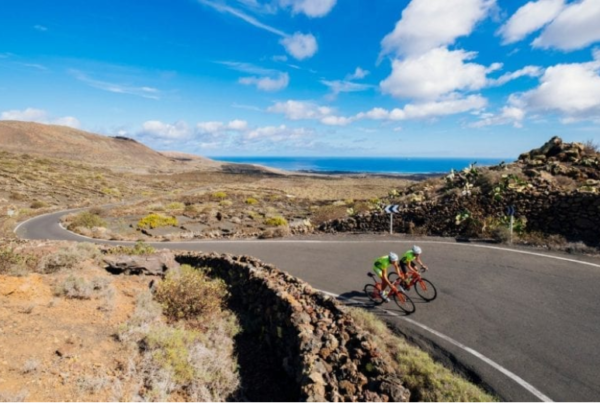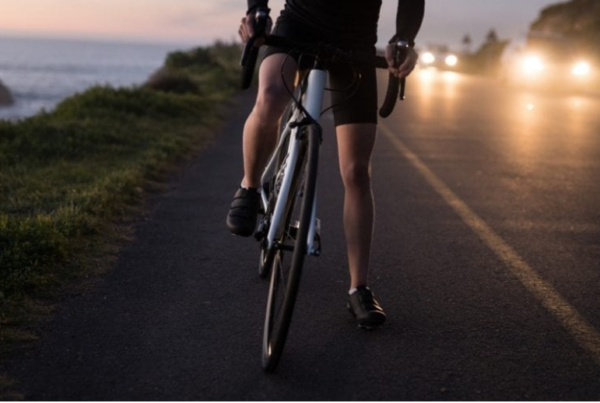Each year cyclists of all abilities set new goals centered around riding or racing a new mileage threshold. A beginner rider may plan to finish the summer with a 30-mile ride, while an intermediate rider with a few years under their belt might go for a 60- or 100-miler. Advanced riders might try to place in the race, beat their time or add extra challenges with harder courses, more hills, higher elevation or by switching to off-road disciplines that add more technical challenges and extend the duration.
Regardless of your current ability level, your challenge is not only the goal event distance but choosing your training focus and getting that training done each week so you can be at your best on race day. Here are a few thoughts for each level of rider and common ride distances these riders are looking at.
For a beginner rider who is still accumulating fitness and fundamental cycling skills like shifting and standing, the trick is to get on the bike more often. The frequency of riding helps make cycling more familiar so your movements start to become automatic and efficient. Aiming to ride an extra day or two each week helps boost your weekly mileage and avoids common injuries due to adding too much volume too soon. Aiming to gradually increase one of the weekend-long rides toward 20–30 miles is a great objective for these riders. To speed up your learning, try to mix up your riding disciplines, or at least your route choice, during the week so you are challenged to ride hilly and even off-road routes that help your skill development as well as your fitness.
For a longer-distance ride, focus on putting in some longer time in the saddle, instead of simply getting on your bike more days per week. More time in the saddle tends to create more issues around saddle sores and other overuse injuries that may require looking into a bike-fit or adjusting the number of off-days and weeks you have. Aiming to increase the distance of at least a couple of your rides during the week helps you feel strong and confident during your goal event. For the weekly long ride, aiming to ride 3–4 hours is a great goal that helps you see improved speed and confidence in your equipment and fueling for race day or for your goal ride. Finally, do not overlook the benefits a group ride can provide in terms of improved fitness, tactics and drafting ability.
The century is certainly doable by many levels of cyclists, but to thrive (and enjoy yourself) at this distance requires a high level of fitness. There is no getting around the fact that a 100-mile ride puts your body under many hours of stress. To conquer this longer duration, you will be well served to do some long rides that are approximately as long, or longer than your finish time. These long rides help you develop your endurance and let you test and refine your pacing, fueling and equipment strategies.
Beyond long rides, advanced riders need to put a lot of planning and emphasis on their off-days and hard days to ensure they are recovered enough to push their workouts to a level that helps them increase their already high level of fitness. In the months ahead of your 100-miler, aim for two rides that push you into your ‘red zone’ each week, trying to get up toward 90% of your maximum heart rate or near your FTP power for increasingly longer durations (i.e., 3 x 10, 3 x 15, 3 x 20). Follow that hard day with a longer, low-intensity ride that is at least 90 minutes long. Lastly, consider taking more off time: Taking two off-days per week can be an amazing change for adult athletes who are balancing training, work and family.
Deciding how to train for a big distance goal can be tricky. Depending on your distance and ability level you may be focused on the wrong elements of training. If you have room to add rides to your week, you should do that. If you have the ability to extend rides, then do that and when you have maximized all of those options and are wondering how to get even faster, consider focusing more on the recovery and high-intensity work you do each week to optimize your already high level of fitness.









